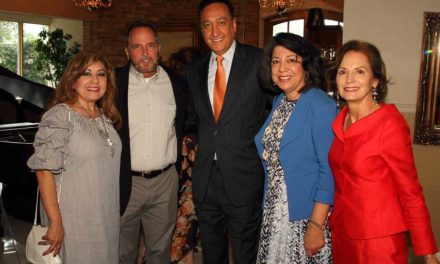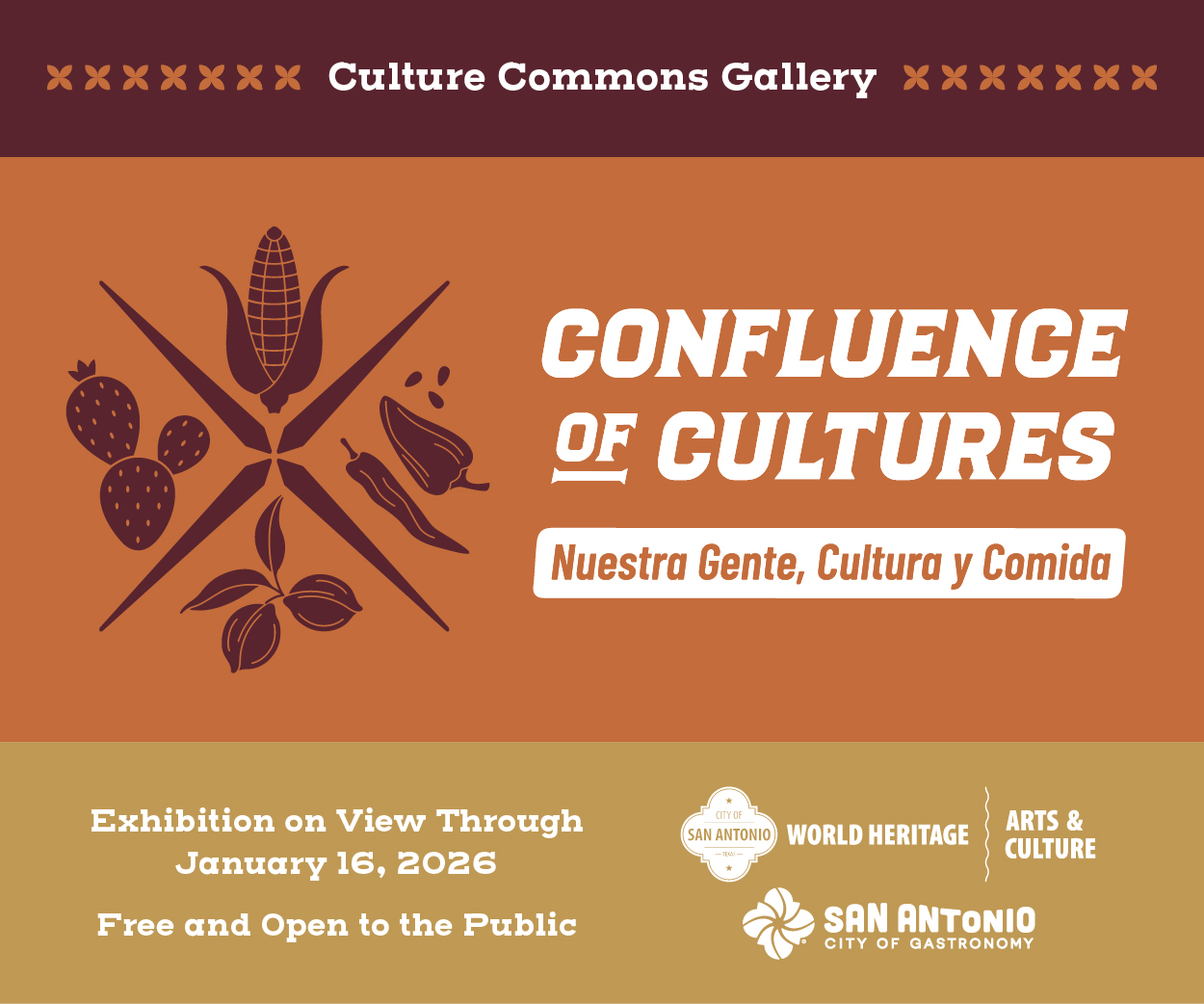Among the major Texas cities, including Houston, Austin, Dallas, Corpus Christi, and El Paso, San Antonio is emerging as one of the leading centers for Latino art and home to a rising number of Latino artists. Last week the New York Times featured a two-page spread on the De la Torre Brothers exhibit at the McNay Art Museum. The announcement that the U.S. Latinx Art Forum awarded San Antonio artist Jenelle Esparza one of its 15 national grants of $50,000 is also noteworthy given that she was the only Latina/o selected from Texas.
The initial efforts to recognize Latino art were born out of a grassroots movement in San Antonio’s Westside in the late 1970s by Latino community activists concerned over the lack of city funding for Latino cultural programs. These efforts led to the creation of the Guadalupe Cultural Center and Centro Cultural Aztlan.
The success of these centers prompted the rise of several Latino galleries and the Blue Star Arts complex.
Much has changed for the better for Latino artists in the past quarter century in San Antonio. In the late 1990s, the newly created [Linda Pace] Artpace Foundation selected San Antonian Cesar Martinez for an arts International Residency. That residency followed with a solo exhibit for Martinez at the McNay Museum of Art, one of the first for a San Antonio Latino.
In 2001, The San Antonio Museum of Art hosted Cheech Marin’s Chicano Visions exhibition and the Rockefeller Foundation funded a Jesse Trevino mural in the city’s Westside. The birth of three new museums: the Briscoe Museum, the Ruby City Museum, and the Centro De Artes also offered young Latino artists greater opportunities to showcase their art. The city now serves as a major hub for emerging Latino artists.
Celia Álvarez Muñoz
at Ruby City
In her exhibition, Los Brillantes [The Brilliant Ones] at the annex Studio at Ruby City, Celia Álvarez Muñoz, a Borderland conceptual multimedia artist, blends “two bodies of work from the past in an installation that scales
between the specificity of the city of San Antonio and its Latinx artists to the infinitude of the cosmos.”
Celia Álvarez Muñoz was born in El Paso, Texas in 1937. Her childhood experiences during the Great
Depression and WWII shaped her values and appreciation of family unity. She studied commercial art at Texas Western University [now University of Texas in El Paso]. Muñoz taught art to elementary students before moving to different cities nationwide for her husband’s work. In 1977 she and her family returned to Texas and settled in Arlington, Texas. Muñoz completed a graduate art degree in her early 40s from North Texas State University in Denton.
Muñoz is known for conceptually driven works of art and her artistic interpretation of the U.S.-Mexico border. At a recent UCLA Hammer Museum exhibit curators noted that her work continues to relate to “the experiences of
living in the physical as well as the psychological and political border zone.”
In her 2002 photographic series “Smejantes Personajes/Significant Personages” [Los Brillantes, The Brilliant Ones], acquired by Linda Pace Foundation Ruby City, Muñoz presents remarkable pieces of work that swing between a uniquely San Antonio subject—a selection of artists based here—and an image of a space backdrop complemented by a newly revised Muñoz poem. Her exhibit demonstrates the important influence of San Antonio artists that extends across generations.
According to Muñoz, the Latino artists featured, all residents of San Antonio at the time, “are [a] strong, informed, and politicized community.” The artists she photographed include Cesar Martinez, Cruz Ortiz, Adan Hernandez, Jimmy Mendiola, Ethel Shipton, Jose G. Guadiana, Alex de Leon, Vincent Valdez, Jesse Amado, Angel Rodriguez-Diaz, David Zamora-Casas, Chuck Ramirez, Franco Mondini-Ruiz, Rolando Briseño, and Terri Ybanez. “They are important stars in our arts universe, los brillantes,” she declares.
To make these portraits, Muñoz deployed a Holga manual camera which allowed her to keep the film from fully advancing. Next, she superimposed multiple images of the artists with each photo shot, making the subject appear active. Finally, Muñoz digitally altered the images to make each photograph resemble a section of a film strip. The photos are behind glass and the bright lights in the exhibit hall made it difficult for me to adequately photograph many of the “stars.”
An image of space overlaid with Muñoz’s poem links the Latino artists to the stars and the cosmos and “encourages any artist to see themselves in these
‘significant personages.’” Muñoz presents a large-scale NASA image of stars forming in space. In the photograph, she describes thousands of new young stars previously hidden, “much like the young undiscovered artists amongst us today.”
Mauro Murillo
Mauro Murillo is one of the many emerging Latino artists in San Antonio. His Emiliano Zapata portrait is currently showing at the “Midsummer Solstice: A Celebration of Life, Balance, and Renewal” at the Centro Cultural Aztlan. Murillo’s story reveals how local organizations have boosted young Latino teens’ interest and instruction in the arts.
Murillo was born in Villa las Esperanzas, a small ranching community in Coahuila, Mexico, 85 miles south of Eagle Pass, Texas. He began drawing as a child and was fascinated by his grandfather’s stories of Mexican history, especially stories of the Mexican Revolution. His family left Coahuila when he was eight and he continued his education in San Antonio.







